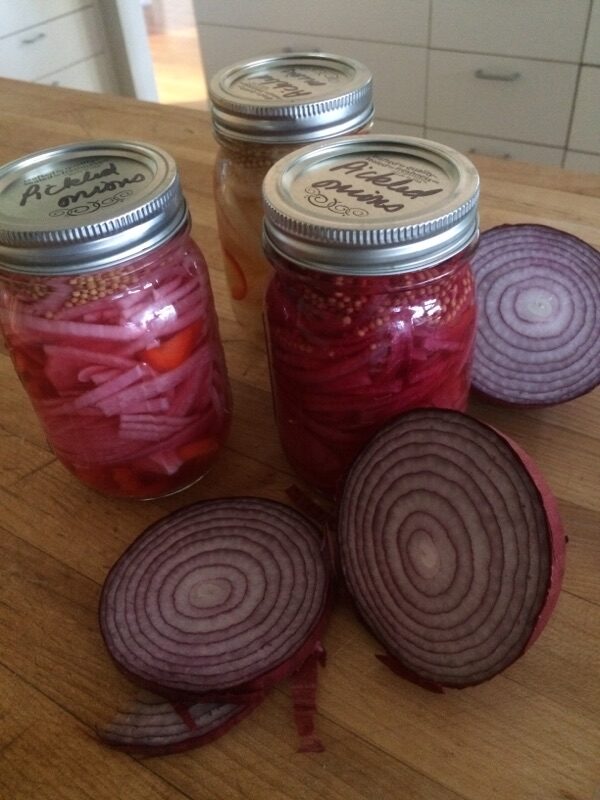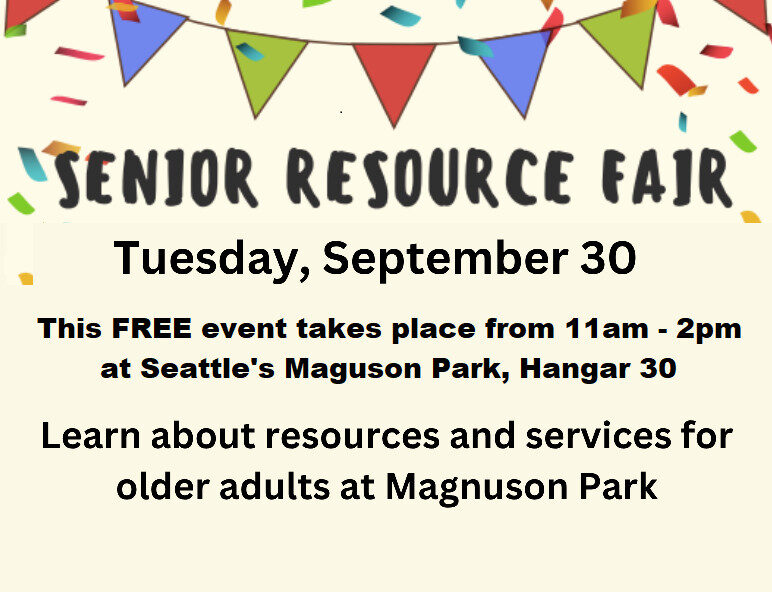June is National Pollinator Month and it’s a great time to celebrate all the pollinators that play an important role in producing food, fiber, medicine, and more that we rely on. When you think of pollinators, bees, butterflies, and hummingbirds are likely the first that come to mind. But moths, wasps, beetles, flies, bats, and some other birds also help pollinate our gardens. More than 80% of all flowering plant species, including 180,000 different species and more than 1,200 crops, rely on them for pollination.
Like honeybees and Monarch butterflies, many of these pollinators are struggling and their populations dwindling due to pesticides and loss of habitat. Gardeners can make a difference by creating pollinator gardens filled with their favorite plants.

When designing a garden select plants with different shapes, colors, and bloom times. You’ll attract a wide array of pollinators and provide them with a constant supply of nectar and pollen. Include bright white, yellow, blue, and ultraviolet-colored flowers to attract the bees. Add some tubular flowers with a spur or landing pad for the butterflies. They are especially fond of purple and red blossoms.
Don’t be in a hurry to squash those beetles you find meandering over your plants. Many do not harm the plant but rather move pollen as they travel throughout your garden. These generalists visit a variety of plants, but most often can be found pollinating large strongly scented flowers like Canadian ginger, magnolia, paw paws, and yellow pond lilies.
They can be annoying, but flies are also busy pollinating your flowers. They are generalists, like beetles, and tend to pollinate small flowers with shallow, funnel-like, or complex trap-like flowers. You’re likely to see them on annuals, bulbs, goldenrod, skunk cabbage, paw paws, and members of the carrot family.
It may be difficult to welcome the often dreaded and feared wasps and hornets to your garden. However, most are solitary, not all sting and some are predators or parasitoids that help manage garden pests.
Besides helping with mosquito control, bats pollinate over 500 species of night-blooming flowers around the world. They prefer those with a musty or rotten odor of mostly tropical and some varieties of desert plants.
Most of us enjoy watching hummingbirds visit our gardens and feeders. Hummingbirds are the primary bird pollinators in North America, carrying pollen on their beaks and feathers. They prefer brightly colored scarlet, orange, red, and white tubular flowers. Baltimore orioles are accidental pollinators spreading pollen as they feed on flower nectar while white-winged doves pollinate and spread saguaro cactus seeds.
Be sure to include milkweed, herbs, trees, shrubs, and grasses with foliage that caterpillars and others feed upon. Use native plants including trees, shrubs, flowers, and grasses whenever possible. These plants have evolved with pollinators and provide the greatest benefit. Make sure the native plants you select are suited to the growing conditions and available space.
Don’t overlook cultivated plants that also attract and support pollinators. Many have flowers or foliage that benefit a variety of pollinators. Watch for bees visiting thyme, borage, and calamint flowers; hummingbirds sipping on salvia, cuphea, and verbena blossoms; and swallowtail caterpillars munching on dill, fennel, and parsley leaves.
Once you create a pollinator-friendly environment, give them time to discover your pollinator paradise. It may take time but once the word gets out you will be enjoying lots of pollinators and the many benefits they provide.
For more information watch Melinda Myers’ Underappreciated Pollinators webinar recording and download the handout (MelindaMyers.com).
Melinda Myers has written over 20 gardening books, including Midwest Gardener’s Handbook, 2nd Edition and Small Space Gardening. She hosts The Great Courses “How to Grow Anything” instant video and DVD series and the nationally syndicated Melinda’s Garden Moment radio program. Myers is a columnist and contributing editor for Birds & Blooms magazine. Myers’ website is http://www.MelindaMyers.com.
















